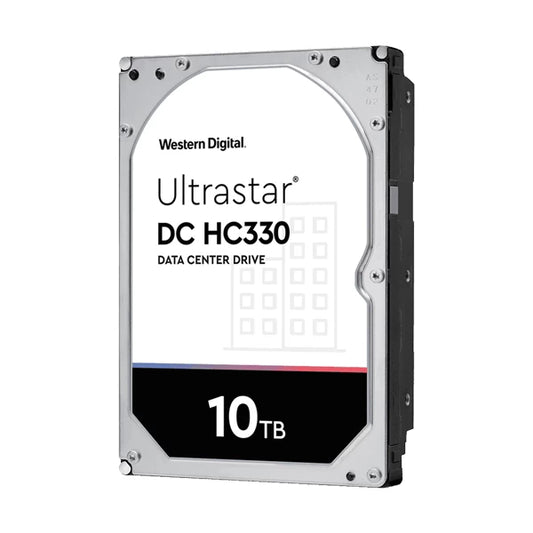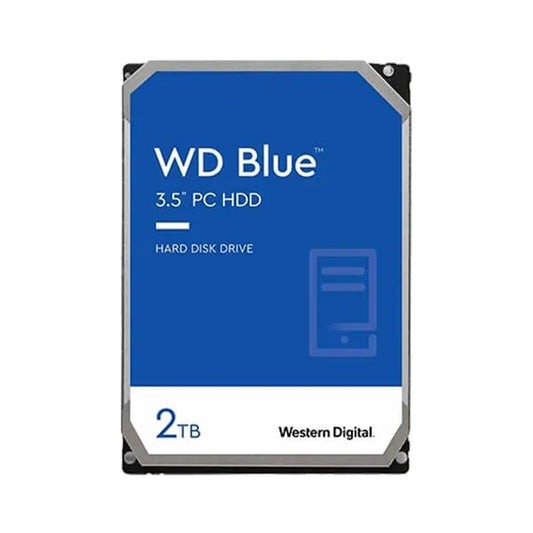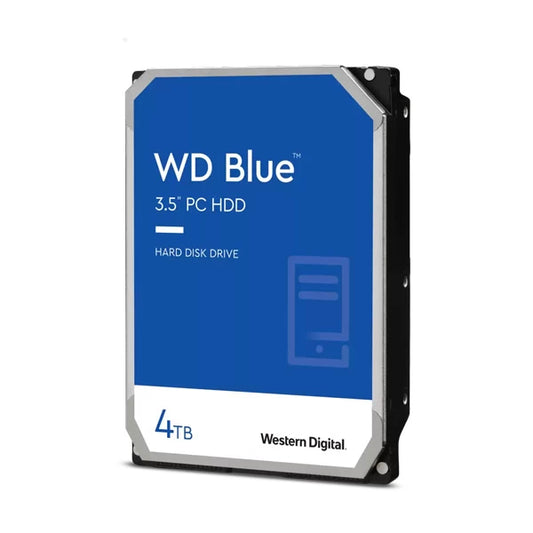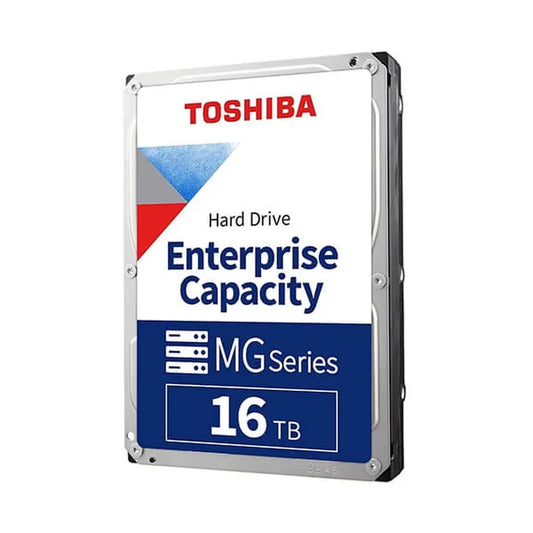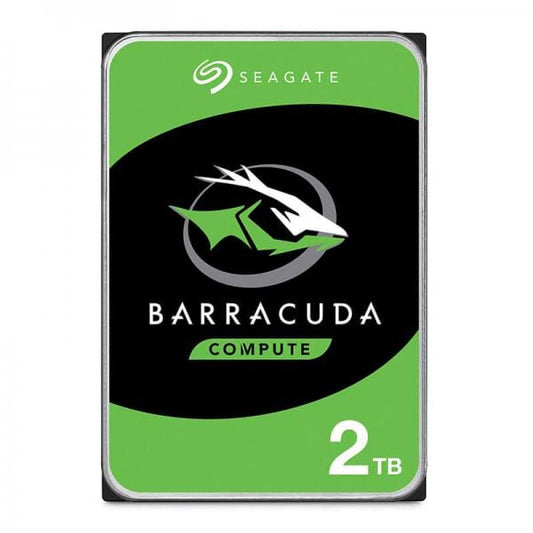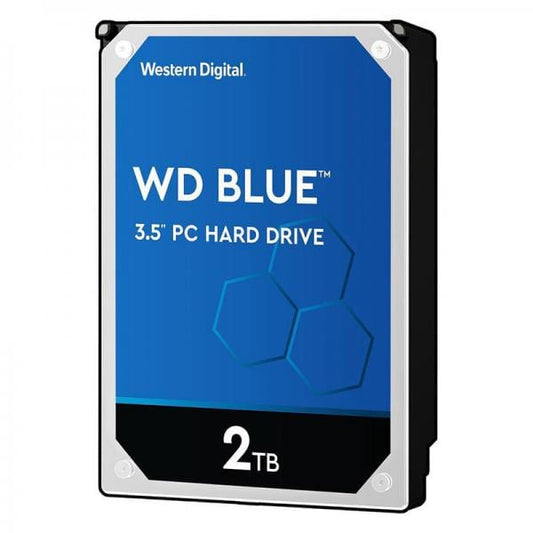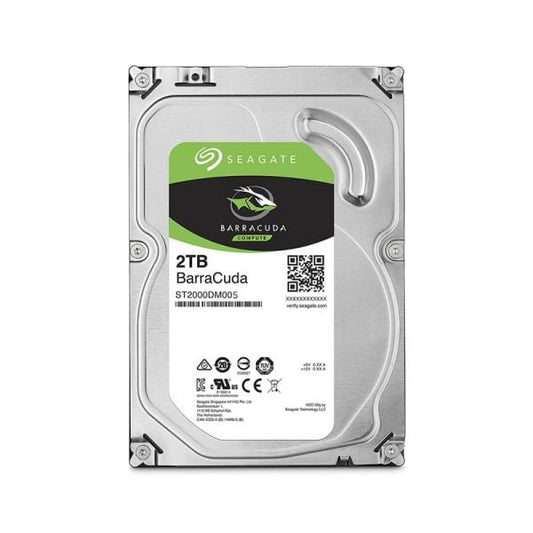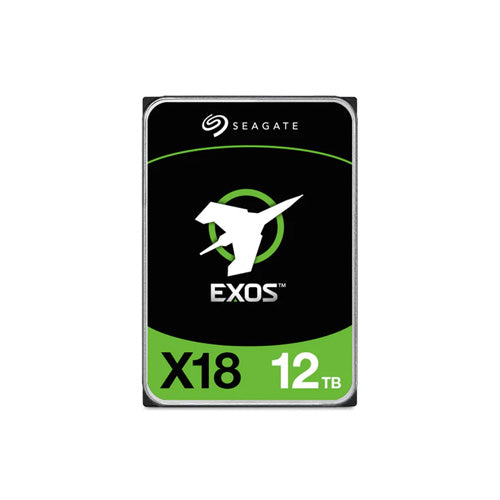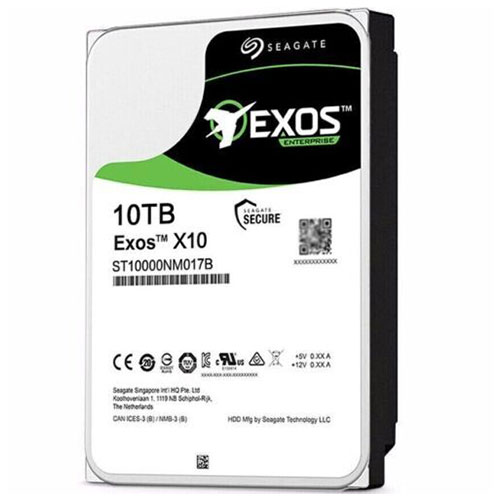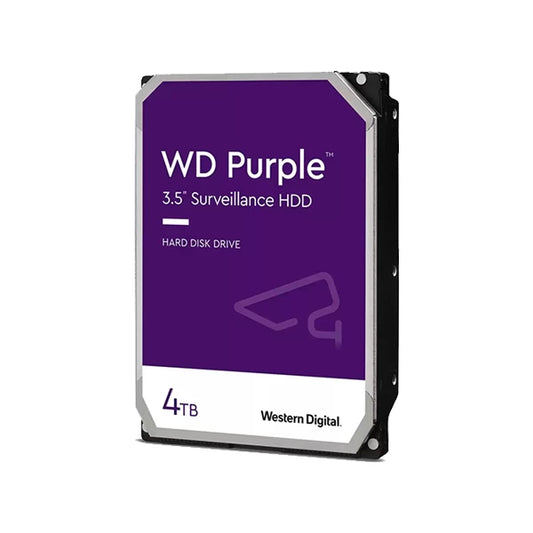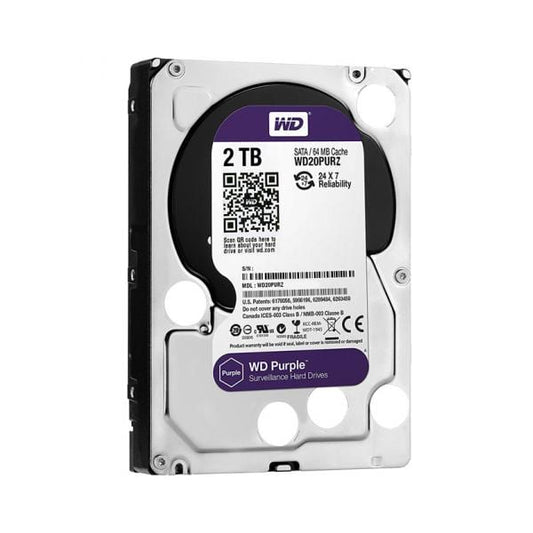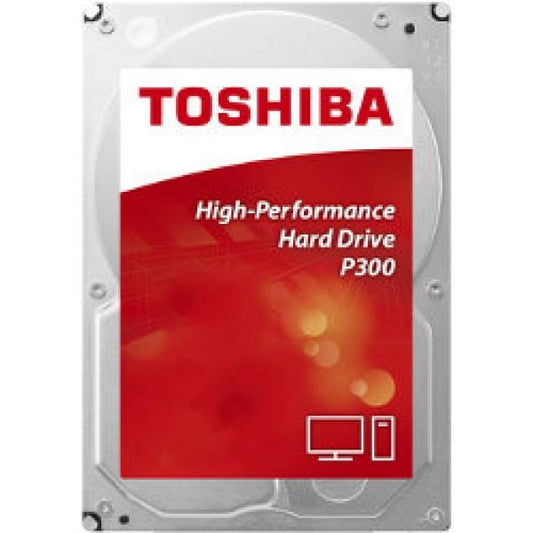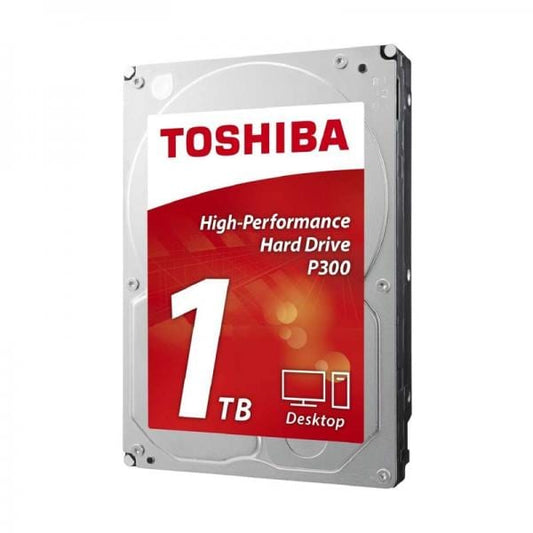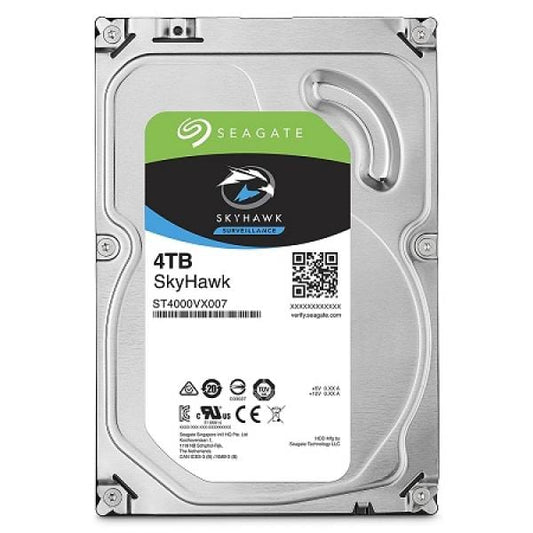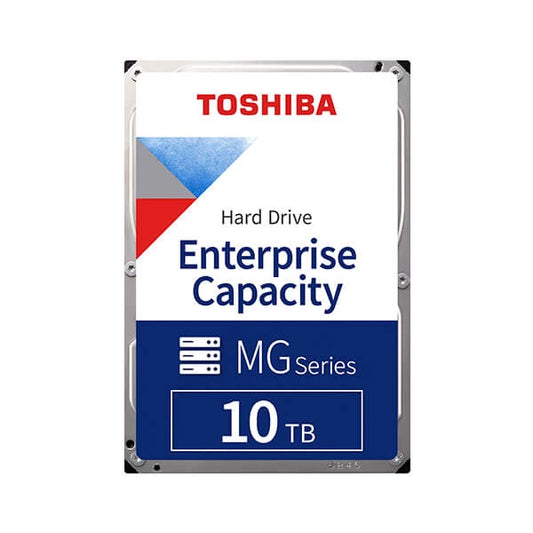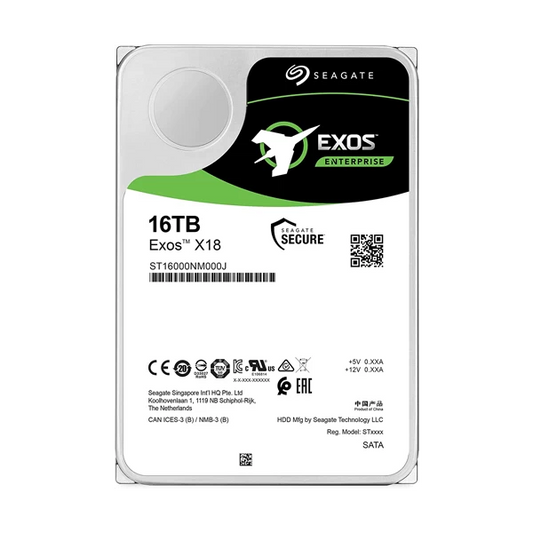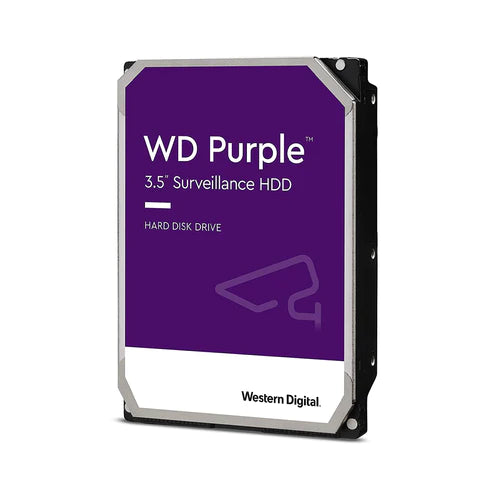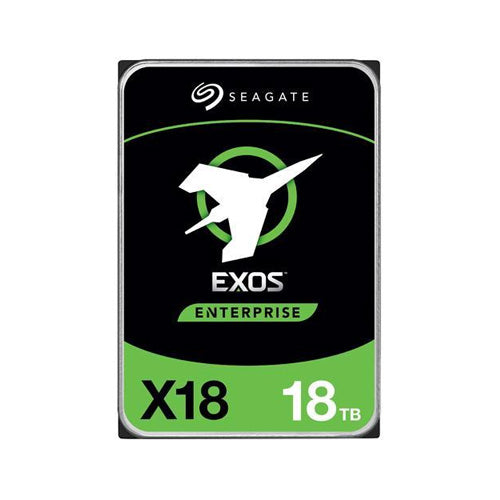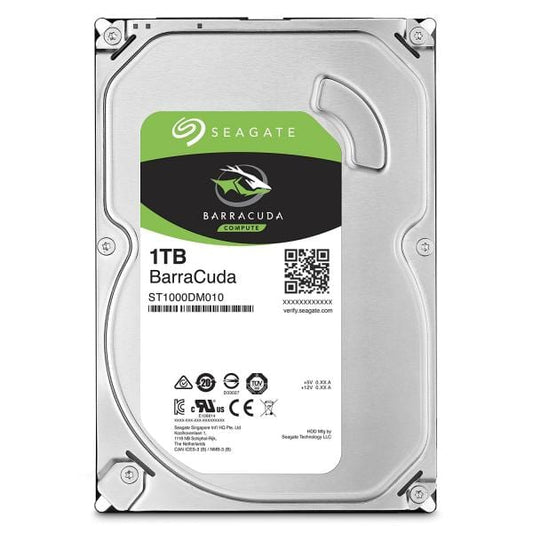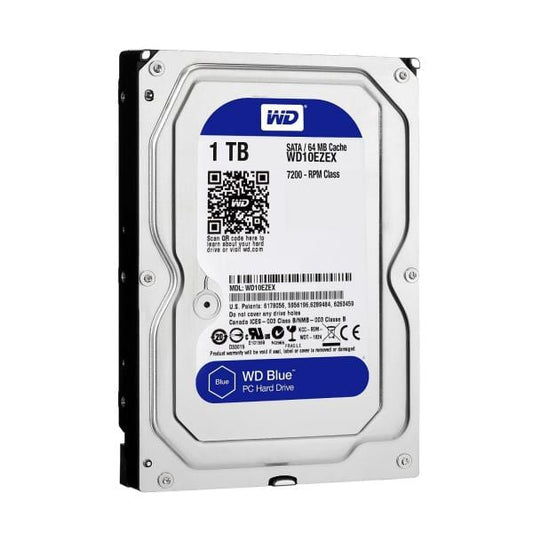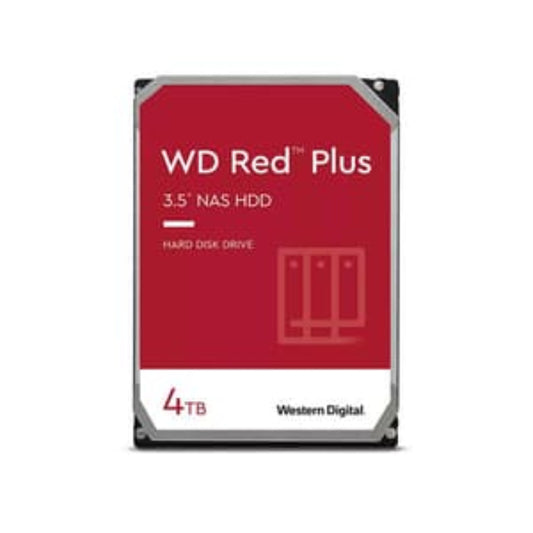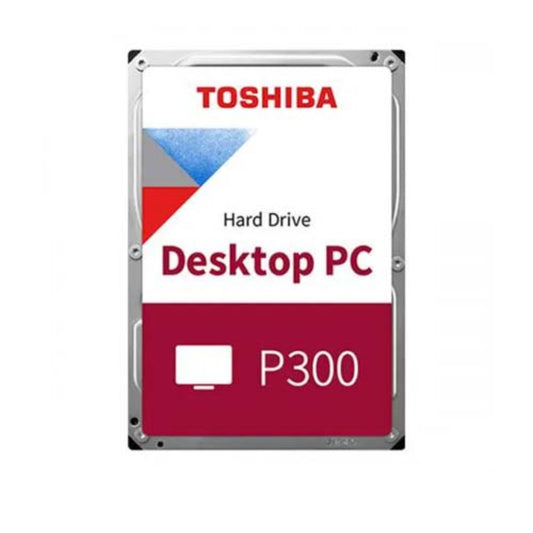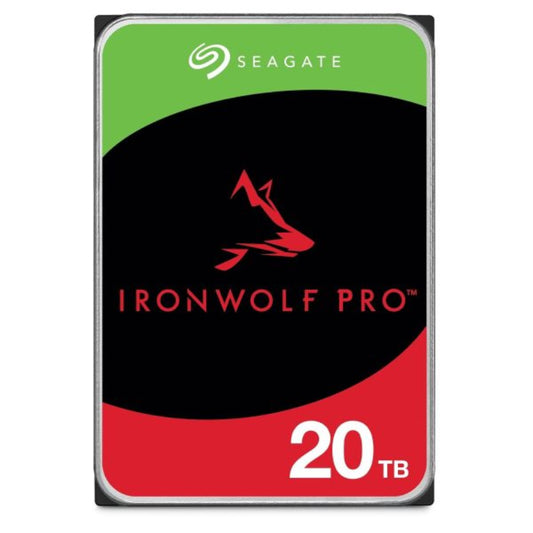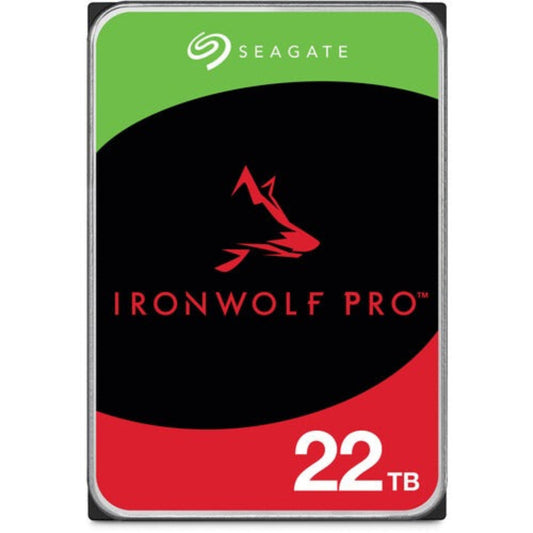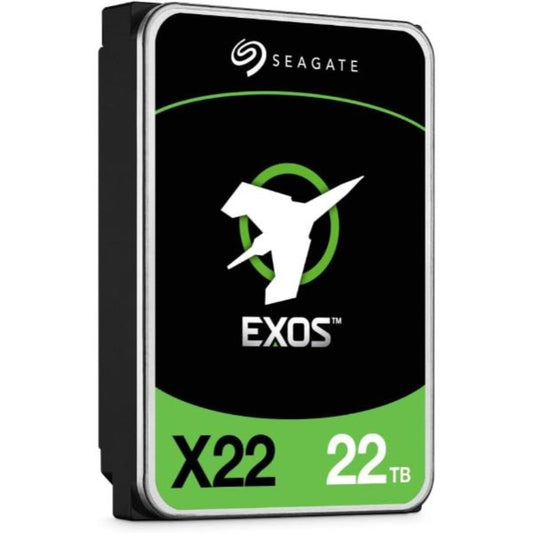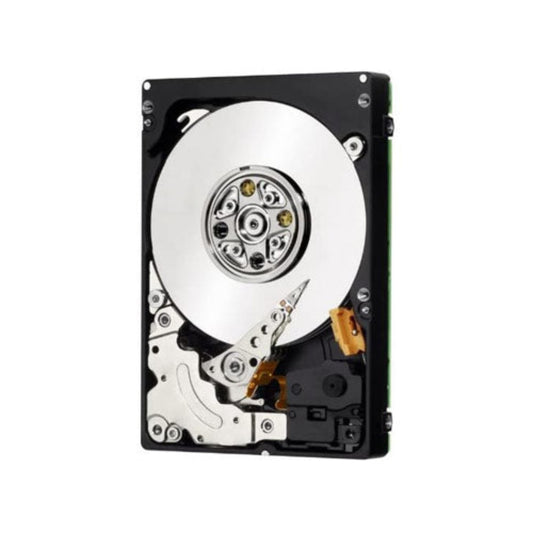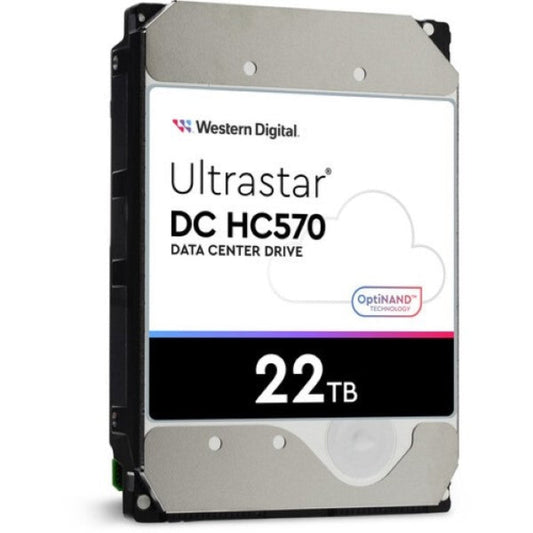WESTERN DIGITAL Blue 4TB 5400 RPM Desktop HDD
Rs. 14,495.00
Rs. 15,000.00
SEAGATE IronWolf NAS 4TB 5400 RPM Internal HDD
Rs. 15,999.00
SEAGATE Barracuda 4TB 5400 RPM Internal HDD
Rs. 14,495.00
Rs. 15,000.00
WESTERN DIGITAL Blue 2TB 7200 RPM Desktop HDD
Rs. 10,695.00
Rs. 11,500.00
WESTERN DIGITAL Blue 4TB 7200 RPM Internal HDD
Rs. 13,999.00
Rs. 15,800.00
TOSHIBA MG08 Series 16TB 7200 RPM 3.5 Inch SATA Enterprise Hard Drive
Rs. 27,695.00
Rs. 35,999.00
SEAGATE Barracuda 2TB 7200 RPM Desktop HDD
Rs. 10,895.00
Rs. 11,500.00
SEAGATE Barracuda 500GB Internal HDD
Rs. 7,580.00
Rs. 10,580.00
WESTERN DIGITAL Blue 2TB 5400 RPM Desktop HDD
Rs. 4,970.00
Rs. 9,999.00
SEAGATE Barracuda 2TB 5400 RPM Desktop HDD
Rs. 7,699.00
Rs. 8,000.00
TOSHIBA 14TB Enterprise Internal HDD
Rs. 49,900.00
SEAGATE Exos X18 12TB Internal HDD
Rs. 34,485.00
SEAGATE SkyHawk Surveillance 10TB Internal HDD
Rs. 20,910.00
SEAGATE Skyhawk AI 8TB Surveillance Internal HDD
Rs. 17,494.00
Rs. 18,720.00
SEAGATE Skyhawk 2TB Internal HDD
Rs. 4,530.00
Rs. 9,500.00
SEAGATE Exos X16 12TB Internal HDD
Rs. 45,545.00
SEAGATE Exos 7E10 8TB Internal HDD
Rs. 17,510.00
Rs. 19,999.00
SEAGATE Exos 7E10 2TB Internal HDD
Rs. 10,195.00
SEAGATE Exos 7E10 10TB Internal HDD
Rs. 31,399.00
SEAGATE Exos 7E10 4TB 7200 RPM Internal HDD
Rs. 15,000.00
Rs. 22,000.00
WESTERN DIGITAL Purple 4TB 5400RPM Surveillance Desktop HDD
Rs. 12,095.00
Rs. 12,500.00
SEAGATE Skyhawk AI 8TB Surveillance Desktop Internal HDD
Rs. 17,494.00
Rs. 28,080.00
WESTERN DIGITAL Purple 2TB 5400 RPM Desktop HDD
Rs. 9,595.00
TOSHIBA P300 2TB Desktop HDD
Rs. 4,875.00
Rs. 7,313.00
TOSHIBA P300 1TB Desktop HDD
Rs. 3,180.00
Rs. 4,770.00
SEAGATE Skyhawk Lite 2TB Desktop HDD
Rs. 4,900.00
Rs. 8,800.00
SEAGATE Skyhawk 4TB Desktop HDD
Rs. 8,299.00
Rs. 18,000.00
SEAGATE Skyhawk 1TB Desktop HDD
Rs. 3,290.00
Rs. 4,999.00
SEAGATE Firecuda 2TB 7200 RPM SSD
Rs. 9,170.00
Rs. 11,000.00
TOSHIBA MG06 10TB Enterprise Internal HDD
Rs. 20,895.00
SEAGATE Exos X18 16TB Internal HDD
Rs. 29,500.00
WESTERN DIGITAL Purple 1TB 5400 RPM Desktop HDD
Rs. 8,999.00
SEAGATE IronWolf 8TB NAS 7200 RPM Internal HDD
Rs. 23,599.00
SEAGATE 18TB Exos X20 Internal HDD
Rs. 47,999.00
Rs. 68,999.00
SEAGATE 18TB Exos X18 Internal HDD
Rs. 36,999.00
SEAGATE Barracuda 1TB 7200 RPM Desktop HDD
Rs. 7,599.00
TOSHIBA S300 6TB 5400 RPM Surveillance Desktop Internal HDD
Rs. 14,545.00
Rs. 21,350.00
WESTERN DIGITAL Blue 1TB 7200 RPM Desktop HDD
Rs. 8,999.00
WESTERN DIGITAL Blue 1TB 7200 RPM Internal HDD
Rs. 8,499.00
WESTERN DIGITAL Red Plus 4TB NAS Internal HDD
Rs. 14,495.00
WD Ultrastar DC HC520 12TB SATA3 EnterPirse Internal Hard Drive ( HDD )
Rs. 28,999.00
Rs. 38,999.00
TOSHIBA P300 2TB 7200RPM Desktop HDD
Rs. 5,495.00
Rs. 9,999.00
SEAGATE IronWolf Pro 20TB Internal HDD
Rs. 42,745.00
Rs. 75,000.00
SEAGATE Ironwolf Pro 22TB Internal HDD
Rs. 53,899.00
Rs. 79,899.00
SEAGATE Exos X22 22TB Internal HDD
Rs. 45,499.00
Rs. 78,899.00
SEAGATE Ironwolf 2TB Internal HDD
Rs. 8,449.00
Rs. 9,799.00
TOSHIBA MG03ACA 1TB Internal HDD
Rs. 9,001.00
Rs. 13,499.00
WESTERN DIGITAL Ultrastar HC570 22TB Internal HDD
Rs. 50,745.00
Rs. 87,000.00

